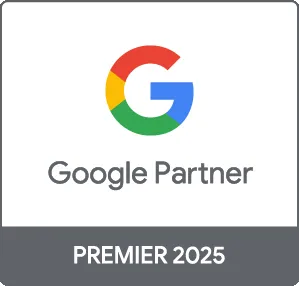In today's digital marketing landscape, selling Google Ads is a crucial strategy for businesses looking to enhance their online presence, attract new customers, and increase sales. This comprehensive guide will walk you through the essentials of selling Google Ads, from understanding target audiences to optimizing ad performance, ensuring that your investment yields maximum returns.
Understanding Google Ads
Google Ads, formerly known as Google AdWords, is an online advertising platform that allows businesses to create advertisements that appear on Google search results and its advertising network. With Google Ads, you can reach potential customers actively searching for products or services like yours. This is a powerful tool for driving highly-targeted traffic to your site.
1. Identifying Your Target Audience
Before you start selling Google Ads, it's essential to identify your target audience. Understanding who your customers are will help you create effective ads that resonate with them.
- Demographics: Consider age, gender, location, and interests.
- Customer Pain Points: What problems are your potential customers trying to solve?
- Search Intent: What type of keywords are they likely to use?
2. Setting a Budget
Creating a budget is a critical step in selling Google Ads. Determine how much you're willing to spend daily and how much you can allocate over a month. Google Ads operates on a pay-per-click (PPC) basis, meaning you’ll only pay when someone clicks your ad. Here are some budgeting tips:
- Start with a lower daily budget to test the waters.
- Adjust your budget based on performance and results.
- Monitor your return on investment (ROI) to ensure profitability.
3. Creating Compelling Ad Copy
Your ad copy needs to grab attention and encourage clicks. Here are tips for writing effective ad copy:
- Use Active Language: Inspire action with verbs and clear calls to action.
- Highlight Unique Selling Points: What sets your business apart from competitors?
- Include Keywords: Target relevant keywords to improve ad relevance and Quality Score.
4. Using Targeting Options Wisely
Google Ads offers various targeting options to help you reach the right audience:
- Keywords: Choose relevant keywords to match user searches.
- Location Targeting: Focus on specific cities, regions, or languages.
- Device Targeting: Decide whether to display ads on desktop, mobile, or both.
5. Tracking and Analyzing Performance
Once your Google Ads are live, it's essential to track their performance. Use Google Analytics and the Google Ads dashboard to measure key metrics like:
- Click-Through Rate (CTR)
- Conversion Rate
- CPC (Cost Per Click)
6. Optimizing Your Ads
Regularly optimizing your Google Ads will help improve performance over time. Consider these strategies:
- A/B Testing: Experiment with different ad variations to find the most effective messaging.
- Adjust Bids: Increase bids on high-performing keywords to maximize exposure.
- Refine Targeting: Continuously update your targeting options based on performance data.
Conclusion
Selling Google Ads can be a game-changer for your business if done correctly. By understanding your audience, setting a clear budget, crafting compelling ad copy, utilizing targeting options, and continually optimizing your campaigns, you can effectively drive traffic and conversions. If you need assistance in navigating Google Ads, Prebo Digital is here to help you create a successful online advertising strategy. Contact us today to get started!





